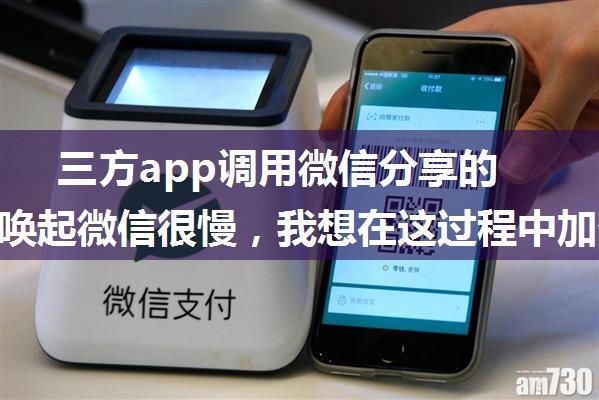
?? Implementing Customizable WeChat Sharing Cards: A Step-by-Step Guide ??As a popular social media platform, WeChat has become an essential marketing channel for many companies. With the constant updates and changes to its official API, it's crucial to stay informed about the latest developments and best practices for creating engaging content on this platform.
In this article, we'll dive into the world of WeChat sharing cards, exploring how to create customizable cards with custom titles, images, and more. We'll also discuss the reasons behind the disappearance of self-defined thumbnails in WeChat sharing cards and provide a step-by-step guide on how to implement them.
Why Customizable Sharing Cards Matter
WeChat's sharing card feature allows users to share articles, videos, or other content with their friends and family. By default, these cards display a generic title and image. However, this can be limiting for marketers who want to create more engaging and personalized experiences for their audience.
Customizable sharing cards offer several benefits:
1. Increased engagement: With custom titles and images, you can grab users' attention and encourage them to share your content.
2. Improved brand recognition: By incorporating your brand's visual identity, you can strengthen your brand's presence on WeChat.
3. Enhanced user experience: Customizable cards allow you to tailor the sharing experience to your audience's preferences.
The Disappearance of Self-Defined Thumbnails
Prior to WeChat's API updates, developers could easily create custom thumbnails for their sharing cards using HTML5 and CSS. However, with the new API restrictions, this approach is no longer possible.
The main reason behind this change is WeChat's focus on improving user experience and reducing spam. By limiting the ability to customize thumbnails, the platform aims to prevent malicious content from spreading and ensure that users see relevant and trustworthy information when sharing articles or videos.
Implementing Customizable Sharing Cards
To create customizable sharing cards for WeChat, you'll need to use a combination of HTML5, CSS, and JavaScript. Here's a step-by-step guide to help you get started:
1. Create a basic card structure: Start by creating an HTML5 element with the following structure:
```html
```
2. Add custom title and image: Use CSS to style your card's title and image. You can use the following code as a starting point:
```css.weui-card {
background-color: f7f7f7;
border-radius:10px;
box-shadow:02px4px rgba(0,0,0,0.1);
}
.weui-card__hd {
font-size:18px;
font-weight: bold;
color: 333;
padding:15px;
}
.weui-card__bd {
font-size:14px;
color: 666;
padding:15px;
}
```
3. Add custom content: Use JavaScript to populate the card's content area with your desired text, images, or other media.
4. Use WeChat's official API: To share your customizable card on WeChat, you'll need to use the platform's official API. You can find more information about this in the WeChat Developer Documentation.
Conclusion
In conclusion, creating customizable sharing cards for WeChat requires a combination of HTML5, CSS, and JavaScript skills. While the disappearance of self-defined thumbnails may have initially caused frustration, it's essential to adapt to these changes and focus on creating high-quality, engaging content that resonates with your audience.
By following this step-by-step guide, you can create customizable sharing cards that showcase your brand's personality and style, increasing engagement and driving more conversions. Remember to stay up-to-date with WeChat's API updates and best practices to ensure your marketing efforts remain effective and compliant with the platform's guidelines.





